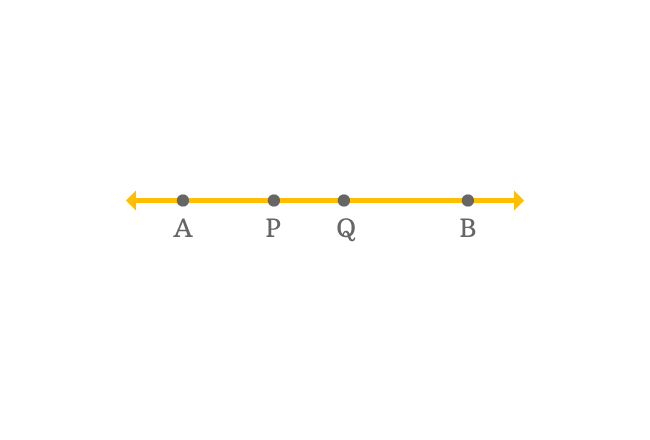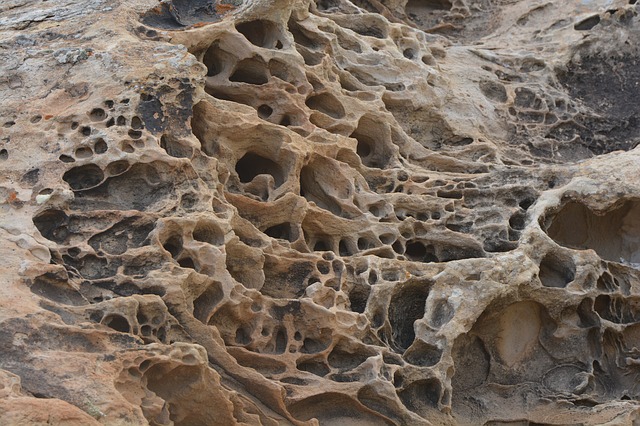11 Examples of Collinear Points In Real Life
Collinear points are a fundamental geometry concept often used to prove theorems and solve problems. By definition, collinear points are points that lie on the same line. This means if you draw a straight line connecting any of these points, it will pass through the other points. One of the most essential properties of collinear …










